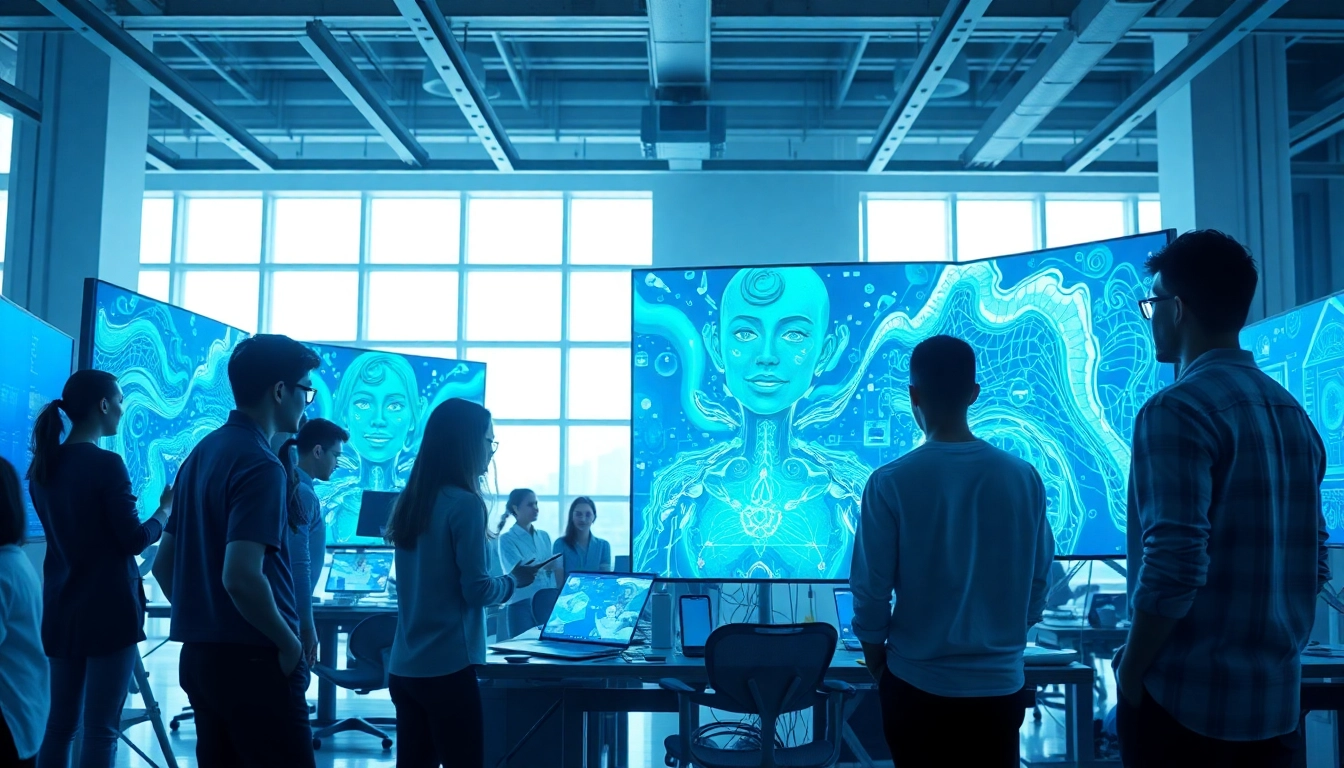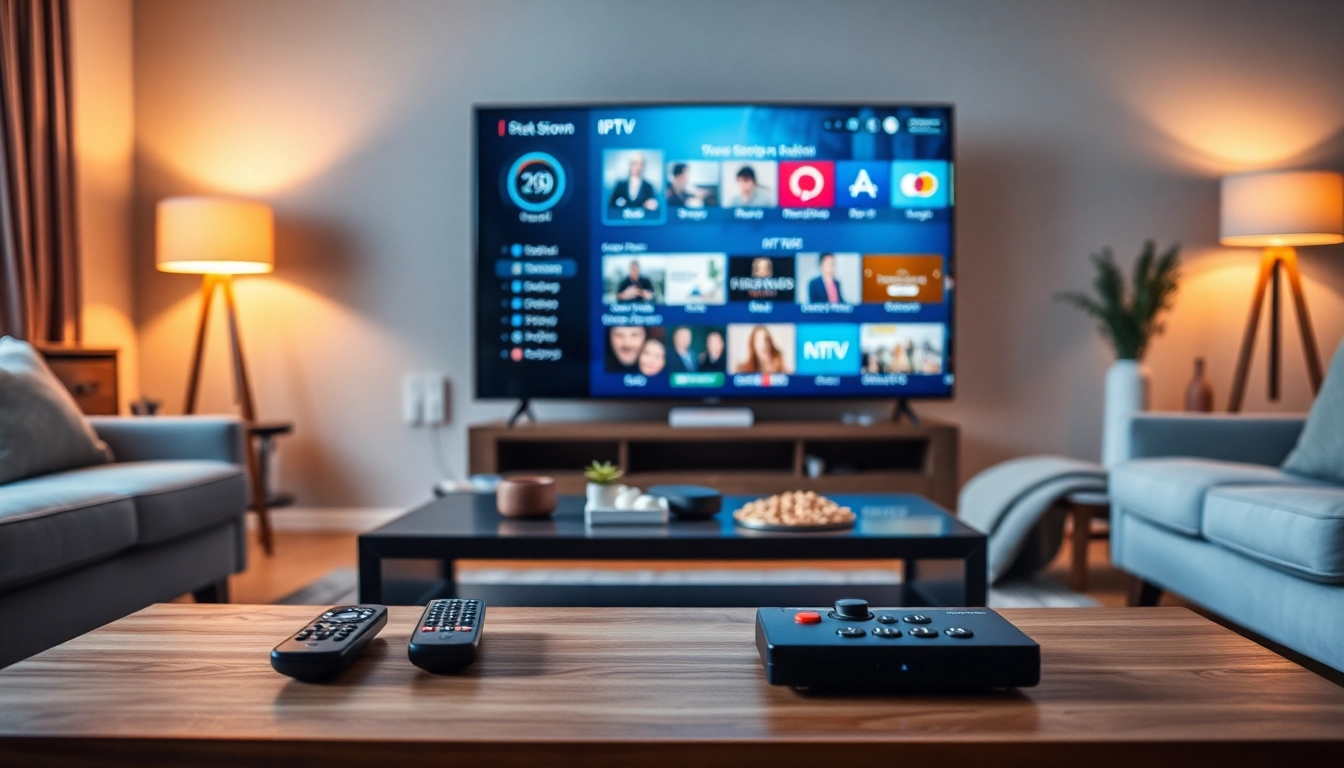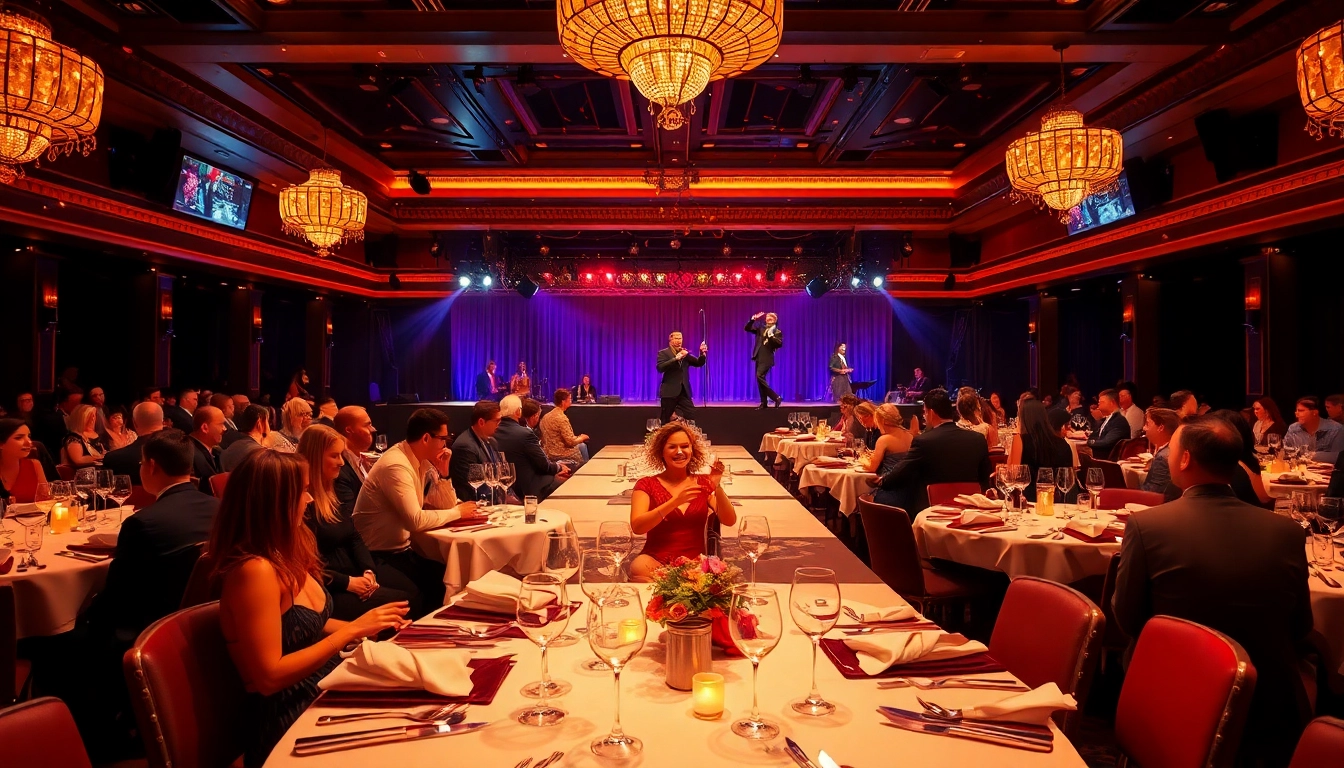Understanding AI Image Generators in Australia
In the ever-evolving world of technology, artificial intelligence (AI) has carved out a significant niche, particularly in the creative fields. One of the most exciting developments is the advent of AI image generators Australia, which allow anyone—from seasoned artists to casual creatives—to produce stunning visuals in mere moments. These tools harness the power of machine learning to transform text prompts into images, offering immense potential for businesses, marketers, content creators, and artists alike.
What is an AI Image Generator?
AI image generators are software applications that create images from textual descriptions. Leveraging deep learning, these tools are trained on vast datasets of images, enabling them to understand and replicate various artistic styles, themes, and elements. Most commonly, these generators operate through neural networks, which allow them to learn from the patterns and structures found within the data.
How AI Image Generators Work
The core technology behind AI image generators typically revolves around a type of neural network called Generative Adversarial Networks (GANs). In essence, a GAN consists of two neural networks—a generator and a discriminator—that work against each other. The generator creates images based on input data, while the discriminator evaluates the authenticity of those images. Over time, this interplay not only refines the image generation process but also enables the system to produce increasingly nuanced and realistic visuals.
Additionally, many AI image generators utilize frameworks such as DALL-E by OpenAI, which can generate high-quality images from diverse text prompts, demonstrating the intricate relationship between language and visual representation.
Legal Considerations for AI Art in Australia
The rise of AI-generated art has sparked a series of legal debates around ownership, copyright, and ethical use. In Australia, the Copyright Act lacks specific provisions regarding AI-generated materials. Current legislation mandates that a human author must be involved for copyright ownership, raising questions about who owns the rights to an image created entirely by an AI. Artists and creative professionals should familiarize themselves with these legalities to safeguard their work as they embrace new technologies.
Top AI Image Generators Available in Australia
With numerous AI image generators available in Australia, selecting the right one can be overwhelming. This section delves deep into the features, performance, pricing, and user feedback of some of the top contenders in the market.
Comparing Features and Performance
When considering AI image generators, the range of features offered can greatly influence the user experience. Tools like DALL-E 2 and MidJourney provide a rich set of functionalities, allowing users to manipulate images fundamentally.
Notably, Canva’s integration of AI image generation into its design suite (with tools like Text to Image) exemplifies user-friendly applications. Tools like Leonardo AI focus on generating high-resolution images specifically tailored to artistic projects, allowing users to create visually striking artwork efficiently.
Pricing Models and Accessibility
Pricing models for AI image generators vary significantly, providing options for both casual users and professional creatives. Many offer free tiers with limited capabilities, while premium services unlock advanced features and enhanced outputs. For instance, StarryAI allows users to begin crafting engaging visuals without financial commitment, making it particularly attractive for beginners.
Other platforms, like Adobe Firefly and Imagine AI, operate on subscription models, balancing the accessibility of essential features with the value offered through continuous updates and richer functionality.
User Reviews and Testimonials
Insights from users provide a real-world perspective on the effectiveness of AI image generators. Positive feedback often highlights the ease of use and the ability to produce high-quality results rapidly. Surveys and testimonials also shed light on specific use cases, such as marketing campaigns or personal art projects, where these tools delivered impressive outcomes.
However, it’s important to note that some users have flagged issues with the quality of outputs and the necessity of refining prompts to achieve desired results. This feedback illustrates both the potential and limitations of current technology, guiding future enhancements in AI image generation.
Getting Started with AI Image Generators
Embracing AI image generators requires an understanding of the creative process involved. This section offers a step-by-step approach to getting started with these transformative tools.
Creating Your First AI-Generated Image
To begin creating with an AI image generator, users should select a platform and create an account. Once logged in, they can typically navigate to an input area where descriptions can be entered. The key lies in formulating clear, descriptive, and imaginative prompts to direct the AI effectively.
For example, instead of stating “a dog,” a more descriptive prompt like “a golden retriever playing in a sunlit park” provides better context, resulting in a more targeted image generation.
Choosing the Right Input Prompts
The choice of input prompts can significantly alter the output generated by AI image tools. Users should experiment with adjectives, context, and styles. Utilizing high-quality descriptors and even specifying artistic styles or techniques can result in additional creative control. Combining elements—such as “a futuristic cityscape with vivid colors reflecting sunset”—can also produce stunning visuals.
To further enhance results, users should review generated images, modify their prompts based on outcomes, and continuously refine their approach.
Optimizing Image Outputs
Once an image is generated, it’s essential to consider optimization for various applications. Adjusting image quality, size, or format based on the intended use—be it for social media, print, or web design—is critical. Many AI image generators provide features for resizing or editing images directly within their user interfaces, which facilitates effective output.
Incorporating feedback loops into the workflow can also help users understand which styles work best, and what modifications yield improved results. Continuous practice combined with a willingness to experiment can lead to significant mastery of these tools.
Best Practices for Utilizing AI Art
Maximizing the potential of AI-generated images requires strategic integration into creative projects. This segment addresses best practices and common pitfalls that users should be aware of.
Incorporating AI Art into Projects
The versatility of AI-generated art allows it to be incorporated in myriad ways—from digital marketing campaigns to web designs, social media posts, and personal artworks. Making an intentional choice about where and how to use AI imagery can enhance engagement and aesthetic appeal.
For marketing professionals, AI-generated images can give campaigns a modern edge while allowing for rapid content creation. Artists can leverage AI for inspiration or to complement their own artistic endeavors, blending human creativity with machine-assisted generation.
Common Pitfalls to Avoid
While AI image generators can streamline creative processes, there are pitfalls users should be aware of. Relying solely on AI without personal input or creative direction can lead to generic results that lack authenticity. Additionally, neglecting to verify copyright status can result in legal challenges, particularly if used commercially.
Avoid overcomplicating prompts, as too much specificity may confuse the AI and produce unexpected results. Instead, iterative refining of prompts, based on output feedback, tends to yield better results over time.
Maximizing Engagement with AI Images
To truly maximize engagement, it’s essential to create a narrative around AI-generated images when sharing them. Providing context through storytelling or linking them to broader themes can elevate their impact. Additionally, combining AI art with personal insights or commentary can create a more relatable experience for viewers.
Utilizing social media platforms effectively, using trends, hashtags, and timely contexts can further enhance visibility and engagement. Collaborating with other artists or brands to experiment with unique integrations of AI images can also amplify reach and audience interest.
The Future of AI Image Generation in Australia
The trajectory of AI image generation is poised for rapid evolution, especially in a creative landscape as dynamic as Australia’s. This closing section explores emerging trends, potential impacts, and perspectives from local artists.
Emerging Trends and Technologies
The field of AI image generation is continually innovating, with trends such as improved algorithmic efficiency, user customization, and the incorporation of AR and VR elements for enriched visual experiences. Advancements in machine learning and processing power promise to expand capabilities, resulting in more intricate and finely detailed images.
Moreover, the expansion of multilingual capabilities within AI tools allows for broader accessibility, catering to Australia’s diverse population and fostering inclusive creative opportunities.
Potential Impact on the Creative Industry
The integration of AI image generation into the creative industry has the potential to democratize art creation. Individuals who may not have traditional skills in drawing or painting can now participate in visual arts through these AI tools, leading to a more inclusive artistic community.
However, the disruption caused by AI also raises concerns about creative ownership and the devaluation of traditional artistic skills. The future will likely see a blending of these technologies with traditional processes, offering a unique convergence of styles and methods that enrich artistic expression.
Personal Perspectives from Australian Artists
Incorporating insights from Australian artists regarding their experiences with AI image generators is essential to understanding the practical implications of this technology. Many artists express excitement over the creative possibilities that AI offers, allowing them to explore new realms of aesthetic expression.
However, some highlight the importance of maintaining a human touch in their work, viewing AI as a tool rather than a replacement. The conversations surrounding AI art reflect broader themes of creativity, inspiration, and the essence of digital transformation in the art world.



